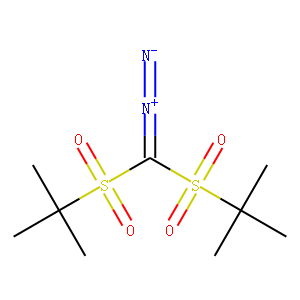| Reference | [1]. Nagahara, S., Yuan, L., Poppe, W.J., Neureuther, A., Kono, Y., Sekiguchi, A., Fujiwara, K., Watanabe, T.G., Taira, K., Kusumoto, S. and Nakano, T., 2005, May.<br />
Understanding quencher mechanisms by considering photoacid-dissociation equilibrium in chemically amplified resists.<br />
Abstract: The quencher mechanisms in Chemically-Amplified (CA) resists have been investigated. To explain the acid distribution with a variety of acid strengths in the presence of quencher, a new full Acid-Equilibrium-Quencher model (AEQ model) is proposed and examined in solid-model-CA-resist systems. To observe the reactions in the CA resists, real-time Fourier-Transform-Infrared Spectroscopy (FTIR) is employed during post-exposure bake (PEB). The FTIR peaks of the protection groups are detected to measure the reaction kinetics during PEB. The solid-model-CA resists used in this work consist of both a KrF-acetal-type resist with a diazomethane Photo-Acid Generator (PAG) (weaker-photoacid system) and an ArF-ester-type resist with a sulfonium-salt PAG (stronger-photoacid system). The obtained FTIR results are analyzed using conventional Full-Dissociation-Quencher model (FDQ model) and the new AEQ model. The kinetic analysis of the model resists was performed for different quencher loadings. For the weaker-photoacid system, the AEQ model much more accurately predicts the deprotection-reaction kinetics than the FDQ model with the change of quencher content. This suggests the necessity of introduction of the acid-dissociation concept in the case of the weaker photoacid. For the stronger-photoacid system, both the AEQ and conventional FDQ models adequately predict the kinetic results. This shows that the conventional FDQ model is accurate enough to simulate the super-strong photoacid system. Finally, the new AEQ model is introduced in the UC Berkeley STORM resist simulator. Some simulation examples are shown in the paper.<br />
In Advances in Resist Technology and Processing XXII (Vol. 5753, pp. 338-349). International Society for Optics and Photonics.
|

